Content:
The Kabardian breed cannot be called elite as, for example, riding (English) thoroughbred horses. Despite this, she is known all over the world for her originality. Kabardians are not strong in dressage and competitions, but they have very few rivals in the race and triathlon.
History of the origin of the Kabardian horse
From the name of this breed, it can be understood that its native land is a region in the north of the Caucasus. The Kabardian breed was formed in an area among the mountains, where steep and steep slopes of peaks, deep gorges and narrow mountain roads, as well as small mountain pastures.
The origin and early stage of development of the Kabardian horses is quite difficult to establish at the moment. The numerous Caucasian wars are to blame for this, one of which ended the existence of Kabarda as a cultural and political object. As a result of mass exoduses or deaths of the indigenous population of this region, many cultural values and historical information have been lost, including the origin of the horse breed characteristic of this area.
At the moment, you can hear 2 points of view about how the Kabardian breed appeared.
- The first theory claims that the "Kabardians" are the result of mixing Persian and Turkmen breeds with Arabian horses that live in the local steppes.
- And according to the theory of other experts, the wild Kabardian breed is original and unique, it is the result of the strictest selection that local horse breeders did when breeding horses.
Breed development
Regardless of how this breed came about, the result is quite good.
The Kabardians needed a horse that could not only fulfill the functions of a pack animal, but would also be a faithful battle horse. Thus, the selection went towards obtaining a multifaceted breed, capable of being desperately courageous during hostilities and extremely careful when passing narrow mountain paths. At the same time, the horse also became unusually hardy and playful. These qualities make the Kabardian horse an irreplaceable companion during long journeys and in battle.
After the Caucasus became part of the Russian Empire, the Kabardian breed was continued to grow due to its excellent qualities.
Even in the twentieth century, this breed continued to be considered the best among all other mountain horses.
In the first half of the twentieth century, breeders of the USSR were actively engaged in improving the qualities of horses of this breed. In the mid-60s. a new variety was introduced - the Kabardino-English, which slightly surpasses the classical Kabardians in jumping and agility. Otherwise, they are very close to the original breed in terms of qualities and parameters. Improving the skills of the Anglo-Kabardian variety makes it more suitable for participating in equestrian sports.
With the collapse of the USSR in the 90s. of the last century, there was a collapse of animal husbandry, which almost led to the extinction of the Kabardian breed. At some point in the country there were no more than 300 mares of this breed. However, the Kabardians, thanks to their great love for horses, were able to save them from extinction.
By 2010, the Kabardian woman again became numerous and far from the threat of extinction.
Characteristics and appearance
In beauty and grace, the Kabardian horse is slightly inferior to other, exclusively riding horses, although this point is controversial for their owners.
The Kabardian breed also does not differ in its size: at the withers, their height is approximately 155 cm, which makes it "average" in this indicator. Despite this, the horses are well built and fairly proportioned. A humped head is a characteristic feature that distinguishes the profile of the Kabardians. They are also characterized by a wide drooping croup.
The following external characteristics will help you easily recognize this breed:
- The body is muscular, developed, the structure (152-157 cm at the withers) is large and strong.
- Not a large head.
- Long muscled neck.
- A characteristic hump in the profile.
- The back is straight and strong.
- Bony sternum with a wide girth (178-183 cm).
- Thin and strong limbs, strong hooves, saber-shaped hind legs.
- The wide croup is lowered.
- Bay, karak or black color, short coat.
- Thick mane and tail.
- The approximate weight of an individual who has reached sexual maturity is 400 kg.
A sign of purebredness among Kabardians is considered to be dark colors, including black, chestnut (black mane and tail, "stockings" on the legs), dark chestnut and karak colors. This breed does not have white markings on the head and legs or other colors. The presence of the last 2 signs is characteristic of half-blooded Kabardians.
Experts distinguish 3 types that are present within the Kabardian breed:
- Massive.
- Oriental.
- Characteristic.
Massive is more suitable for use as draft or draft cattle. Eastern, in turn, is more appreciated precisely as a Kabardian riding horse. Characteristic - these are typical mountain horses with a dry build, they are loved for patrolling and tourist purposes.
The nature of the horses of the Kabardian breed
Kabardian horses show their obsession and unfathomable craving for freedom. Their character is obstinate and enviably fearless, besides, they are also very stubborn, and in combination with endurance makes them real children of nature.
It was these qualities that were so appreciated by the warlike Circassians, who wished that the Kabardian stallion could, like them, bravely fight in battles and easily pass dangerous narrow routes in the mountains.
This is a very intelligent and noble animal that can become a great friend. But it will not obey every rider. Only experienced and strict riders are able to handle this proud horse, but in case of even a little indulgence, the horse can disobey, be rude and possibly even bite. For this reason, newcomers to the profession of horse breeders usually cannot curb this temperament and cannot cope with the training of this breed.
Maintenance and care
The Kabardian breed is unpretentious and does not require the creation of any specific conditions in the stable, as well as the observance of a special diet. She will be more accustomed to the living conditions in the herd and the harsh climate to which the horse was accustomed.
This makes it quite attractive for owners of equestrian clubs and agricultural land.
Stable
Experts recommend not to subject the Kabardians to extreme conditions and to provide them with equipped stables in order to improve their physical condition.
Cleaning and hygiene
Even in the comfortable conditions of the stables, the owner must ensure that the horses are regularly looked after. Changing bedding, cleaning the room and maintaining animal hygiene should be an essential and integral part of the daily routine for any breeder.
Feeding and drinking
Despite the fact that Kabardian horses are not picky in nutrition and do not need a specialized diet, the daily menu must be balanced. This will help to achieve better results in working capacity and productivity of individuals.
Some tips from experienced stud owners will help you find the right nutrition for this breed:
- The feed must be fresh and of high quality. It is better to feed feed in small portions, taking into account the physiological characteristics of each horse.
- The daily menu must necessarily contain: oat straw, oats, barley, carrots and beets. Root crops are cleaned and chopped in advance. Flattened cereals are much better able to be absorbed by the horse body than whole cereals.
- Corn grains, before being fed to a horse, must be crushed into large fractions using specialized equipment.
- Bran should always be offered only soaked, and the straw should be steamed beforehand to give it to the horse.
- In the delivery of products, a sequence must be followed - first, rougher feeds are offered, and only then only concentrated and juicy ones.
- It is impossible that, after taking concentrated feed, the horse began to plow or feed on them immediately after finishing work.
- Three times a day watering is obligatory. The only thing is that the horse should not start drinking immediately after it has finished working. In this case, drinking can not harm only if it is offered within an hour after eating hay. If there is an urgent need for this, then you can water the horse 30 minutes before the work in the field is over.
On weekdays, hard working animals need to take 2 hour breaks 3 times a day. This is done so that they fully eat and drink the right amount of water, and also be able to recuperate.
The Kabardian horse breed has firmly established its irreplaceable qualities in the field of horse breeding. Even today, when breeders work tirelessly to create new breeds and varieties, it is quite difficult to find worthy competition in endurance for this Caucasian breed. In order for the breeding of Kabardian horses to be successful, it is important to provide them with proper care and observe the standards for keeping animals.
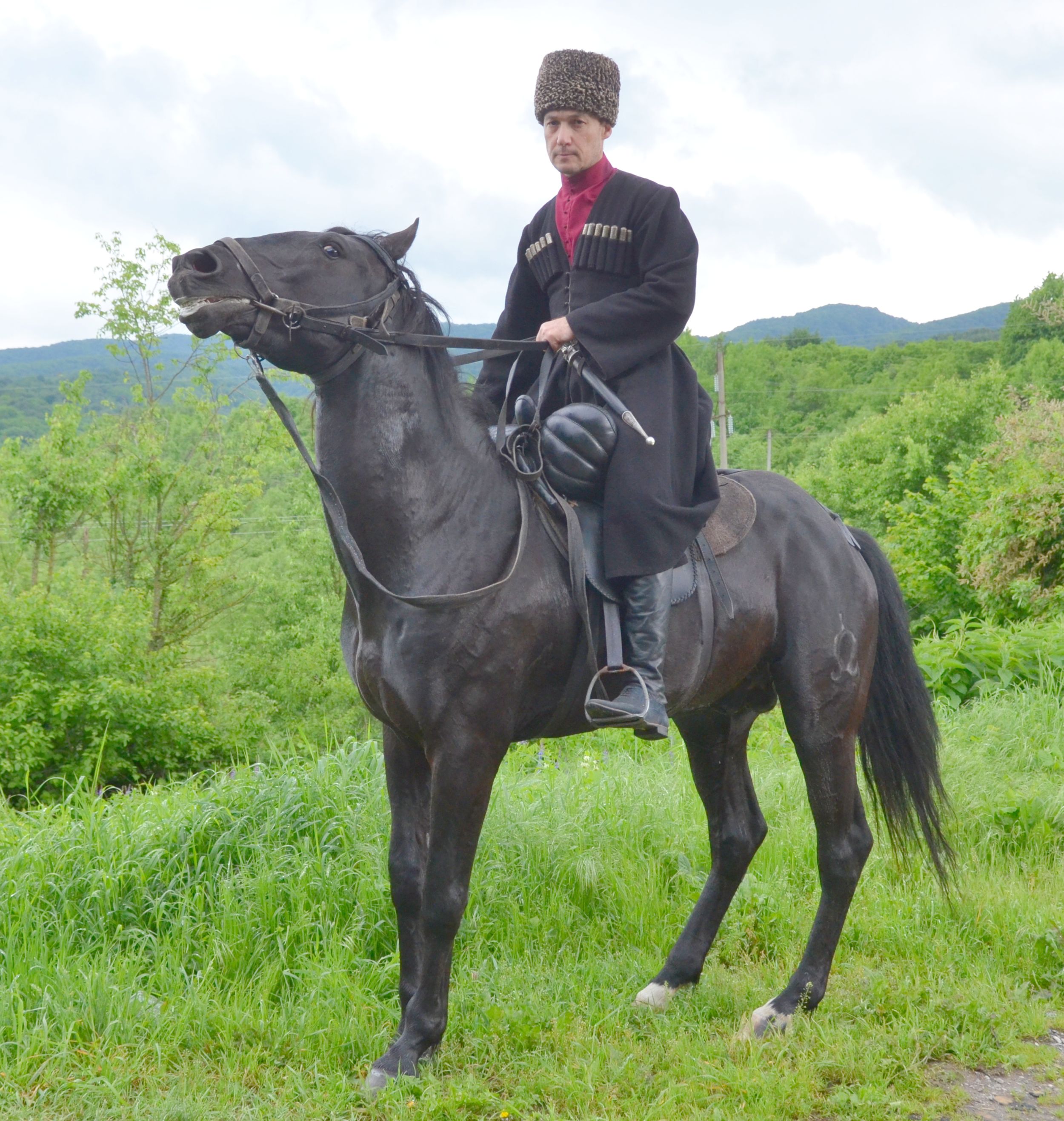
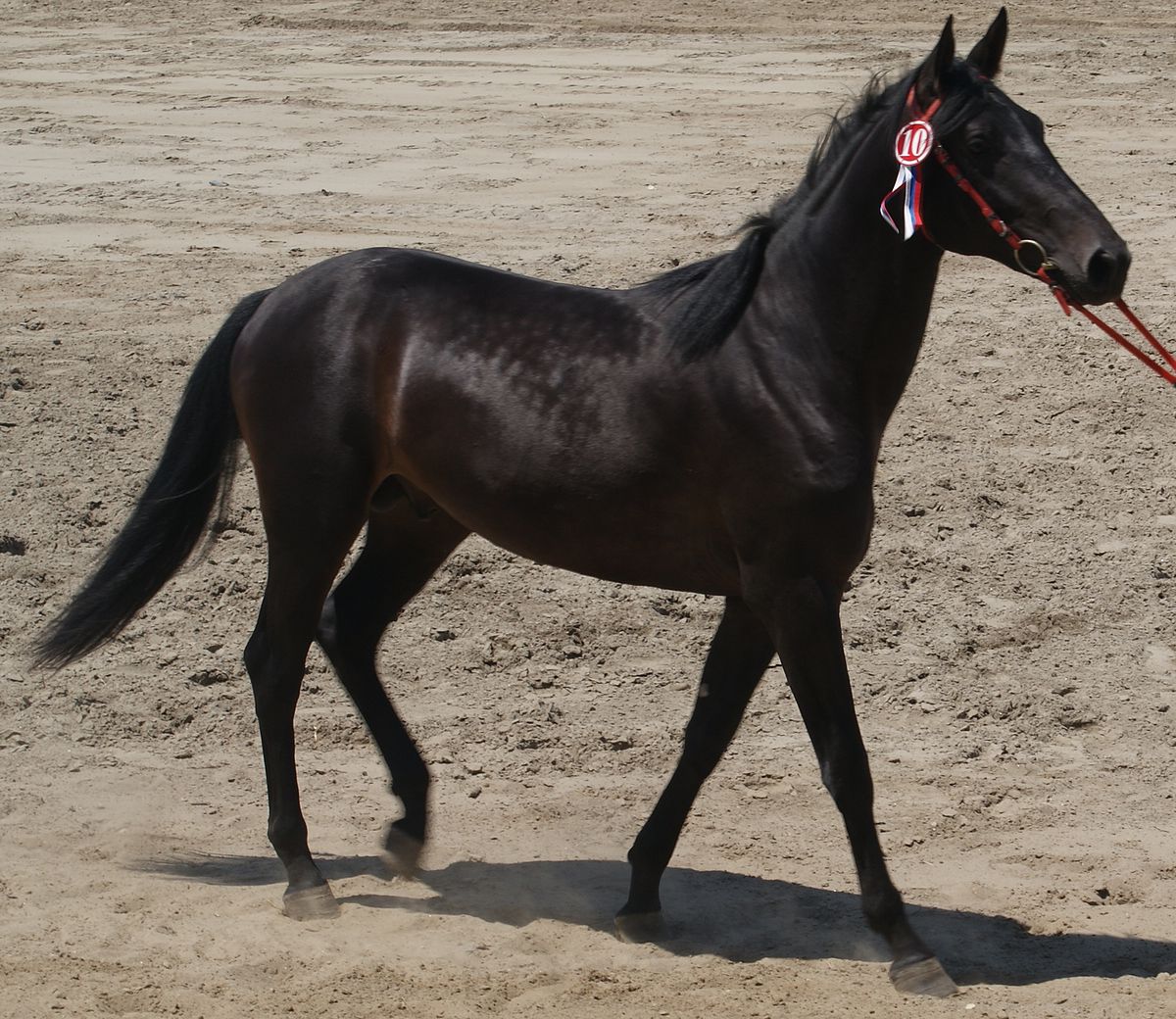

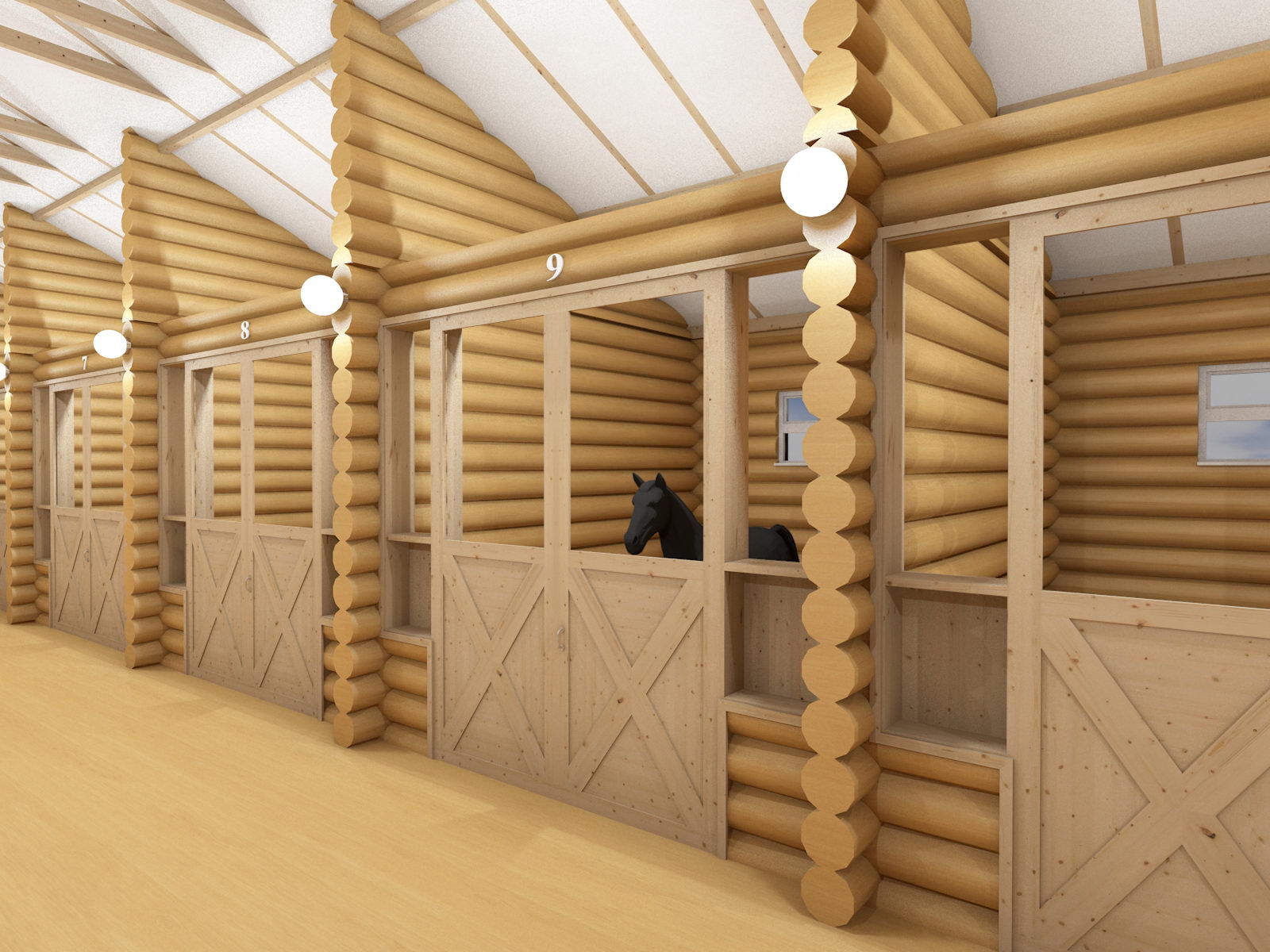
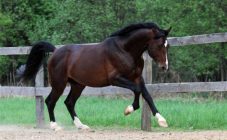
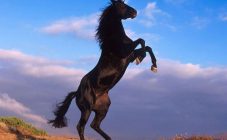
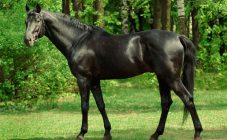

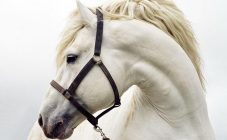
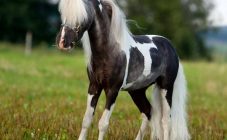







Where is the Akhal-Teke horse?